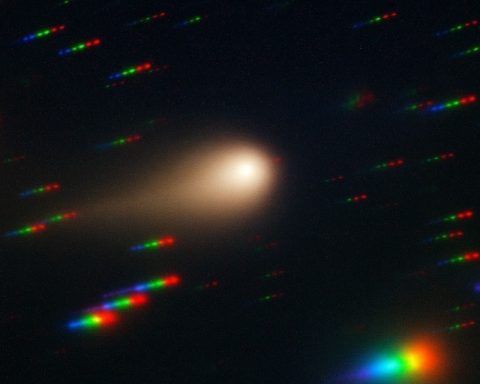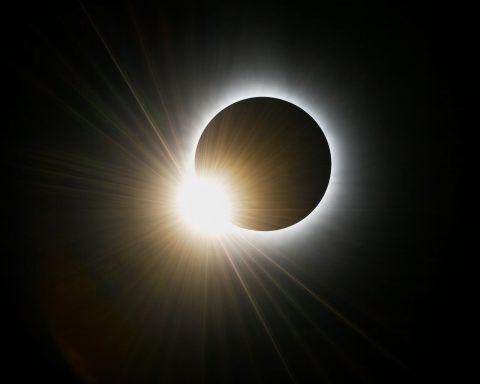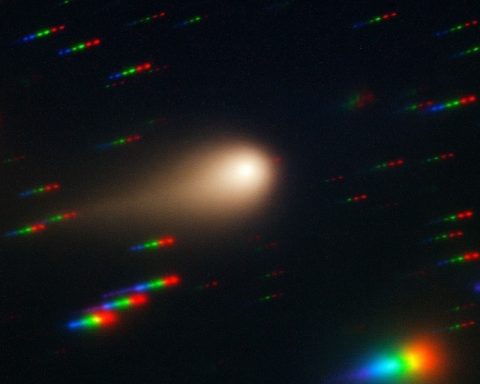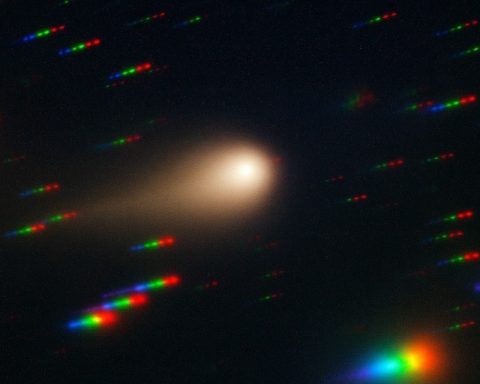
Interstellar Comet 3I/ATLAS Glows in X-Rays and Life‑Building Molecules as Earth Flyby Nearby
As of December 10, 2025, a rare interstellar comet is putting on a quiet but scientifically spectacular show across the solar system — from X‑rays to organic chemistry. A Once‑in‑a‑Lifetime Visitor From Another Star Interstellar comet 3I/ATLAS , also cataloged










